2024: Critical Election for Taiwan
November 12, 2023
Karl Ho
University of Texas at Dallas
-
Karl Ho is:
- Professor of Instruction at University of Texas at Dallas (UTD) School of Economic, Political and Policy Sciences (EPPS)
- Co-founder of the UTD Social Data Analytics and Research program (SDAR)
- Founder of Taiwan Research Academy at UTD
- Co-Principal Investigator of the Hong Kong Election Study project
- Website: karlho.com (talks, lecture, publications)
Short bio.:
Taiwan elections 2016 - 2022


2016
2018

2022
2020


2016
2018

2022
2020
What is "critical election"?
V. O. Key (1955)
-
Some elections appear to matter more than others.
-
Periodically a "critical" election comes along and creates durable new groupings of voters, revealing a sharp alteration in a pre-existing cleavage in the electorate.
-
This is called realignment.
-
Happened in US: 1896 and 1928
What is "critical election"?
Alternative theories
- Secular realignment theory: This theory suggests that realignments occur gradually over time rather than in a single election. It argues that changes in the electorate are driven by long-term social and economic trends rather than short-term political events.
What is "critical election"?
Alternative theories
- Partisan realignment theory: This theory suggests that realignments occur when voters switch their party allegiance due to changes in party platforms or ideology. It argues that realignments are driven by changes in the parties themselves rather than changes in the electorate.
What is "critical election"?
Alternative theories
- Issue realignment theory: This theory suggests that realignments occur when voters shift their support based on a particular issue or set of issues. It argues that realignments are driven by changes in the salience of issues rather than changes in the parties or the electorate.
What is "critical election"?
Alternative theories
- Critical realignment theory: This theory is similar to Key's theory of critical elections but places more emphasis on the role of political elites in shaping the electoral process. It argues that realignments occur when political elites are able to mobilize voters around a particular issue or set of issues.
Why "critical election" is important?
-
Realignment
- It is not about which party wins in new elections.
- It is about issue and position structural shift in the long run.
- Critical elections will end up structural change in the party system
- Dealignment
- General decline in party and possibly issue support
- Erosion in public support for some parties
- More independent voters
2016 was critical election
- Fundamental changes in constituencies and issues
- Constituency shifts was the jump in the importance of social movements and protest parties, due to the rapid development of social
media. - Switch in allegiance as young people became increas-
ingly alienated from the KMT.
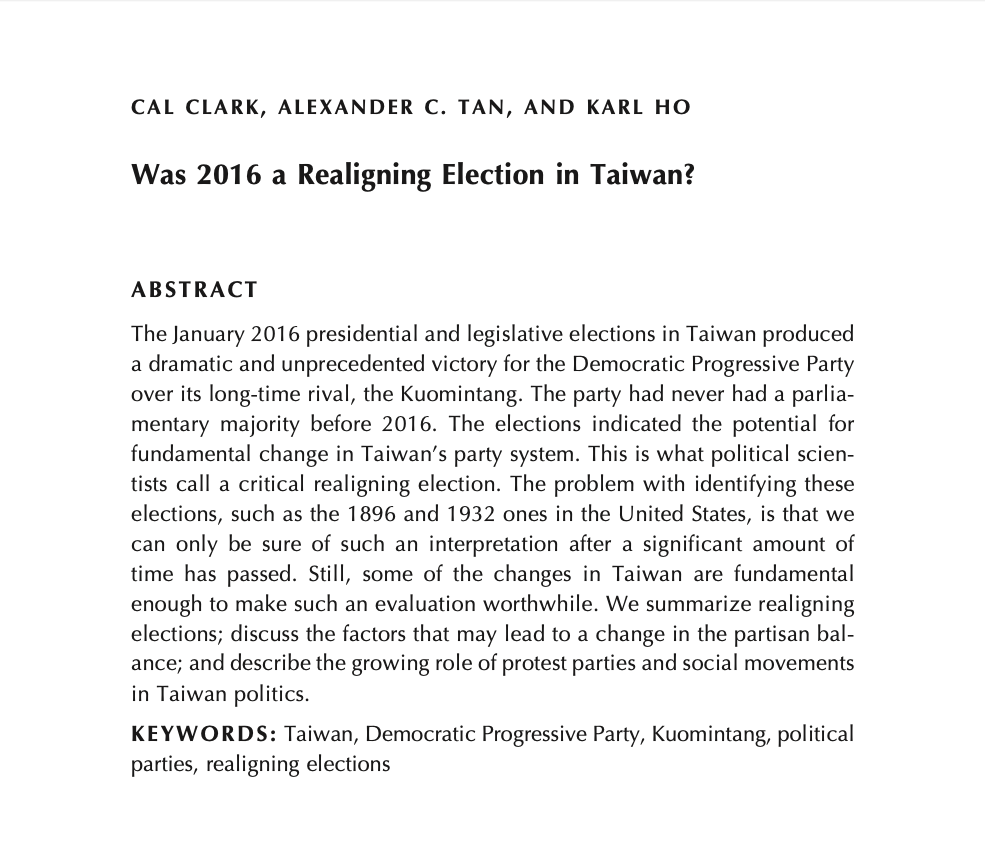
Political Polarization in Taiwan

Closer to middle red line means the weakening of effects
Note the stronger negative impact on KMT in 2016

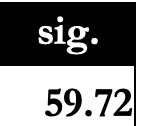
Political Polarization in Taiwan
Figure 4. Issue effects in Taiwan elections:
Taiwanese

Motivation
-
Is Taiwan polarized?
-
Is Taiwan in hyperpartisan era?

Political Polarization: Three Party Structure




Takeaway
-
Asymmetry of impacts in the national identity continuum prevails. Independence proponents have been showing stronger support for DPP than unification proponents to KMT.
-
Taiwanese identity polarizes further the blue and green in 2016.
-
Economic factors may not be the predominant driving forces of future elections, in competition with other identity factors and party effects.
Critical question:
Which party can help maintain status quo better than others?
Takeaway
Most important issue: Taiwan
Source: TEDS, National Chengchi University
| Issue | Percentage |
|---|---|
| Economic development | 35.19 |
| Cross-strait relations | 20.22 |
| Education policy | 13.86 |
| Judicial reform problem | 11.34 |
| Annuity reform | 5.61 |
| Transitional justice | 2.60 |
| No opinion | 2.45 |
| It's hard to say | 1.27 |
| Refuse to answer | 0.83 |
| Energy policy | 0.65 |
| House prices | 0.43 |
| National defense problem | 0.29 |
| Livelihood issues | 0.16 |
| Corruption Problem | 0.10 |
| Income inequality | 0.10 |
| Social welfare problem | 0.05 |
| Don't know | 4.84 |
| Total | 100 |
Most important issue: Taiwan
Source: TEDS, National Chengchi University
| Issue | Percentage |
|---|---|
| Economic development | 35.19 |
| Cross-strait relations | 20.22 |
| Education policy | 13.86 |
| Judicial reform problem | 11.34 |
| Annuity reform | 5.61 |
| Transitional justice | 2.60 |
| No opinion | 2.45 |
| It's hard to say | 1.27 |
| Refuse to answer | 0.83 |
| Energy policy | 0.65 |
| House prices | 0.43 |
| National defense problem | 0.29 |
| Livelihood issues | 0.16 |
| Corruption Problem | 0.10 |
| Income inequality | 0.10 |
| Social welfare problem | 0.05 |
| Don't know | 4.84 |
| Total | 100 |
Tight competitions
Source: http://www.my-formosa.com/DOC_200764.htm
Tight competitions
Source: http://www.my-formosa.com/DOC_200764.htm
Tight competitions
Source: http://www.my-formosa.com/DOC_200764.htm
Party identification
Source: National Chengchi University, https://esc.nccu.edu.tw/PageDoc/Detail?fid=7806&id=6965
Source: National Chengchi University, https://esc.nccu.edu.tw/PageDoc/Detail?fid=7806&id=6965
Party identification
Party identification
Source: National Chengchi University, https://esc.nccu.edu.tw/PageDoc/Detail?fid=7805&id=6962
Party identification
Source: National Chengchi University, https://esc.nccu.edu.tw/PageDoc/Detail?fid=7805&id=6962
Source: 無情真實的未來預測 (https://tsjh301.blogspot.com)
Forecast based on all polls
Forecast based on all polls
Source: 無情真實的未來預測 (https://tsjh301.blogspot.com)
Forecast based on
Source: 無情真實的未來預測 (https://tsjh301.blogspot.com)
China factors
-
1996: Missile crisis
-
2000's: ECFA, CSSTA
-
PLA air intrusion
PLAAF incursions (daily to every other day)
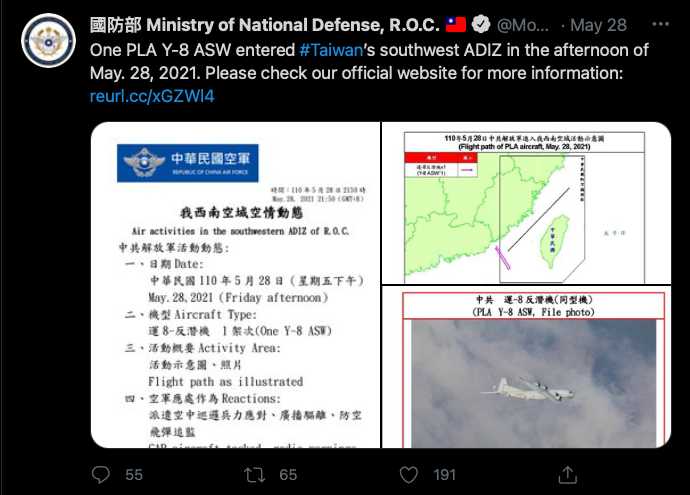
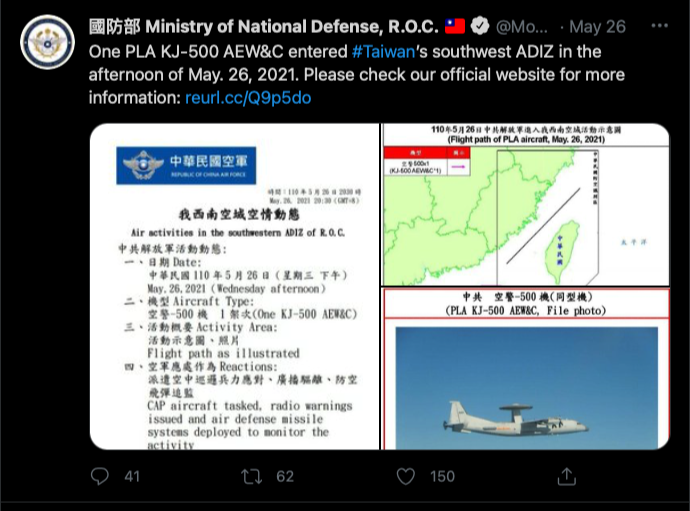
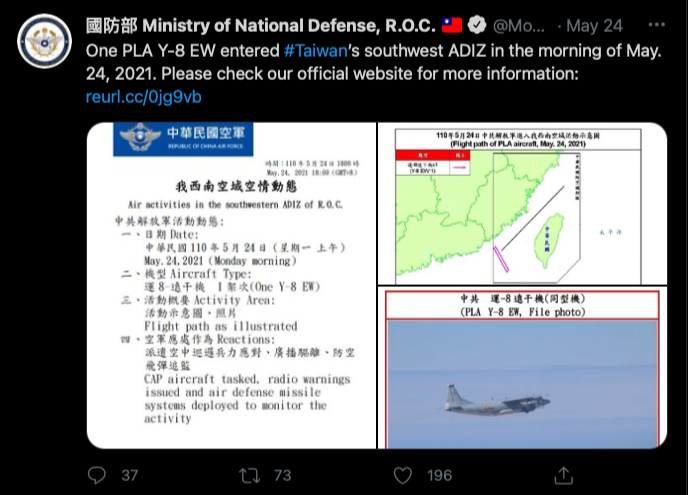
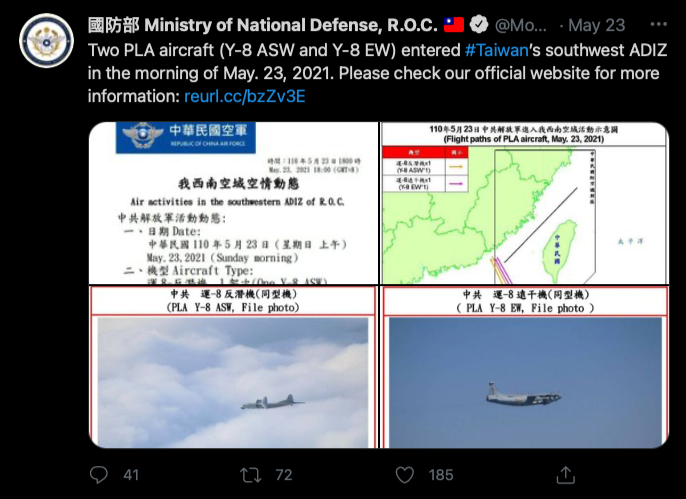
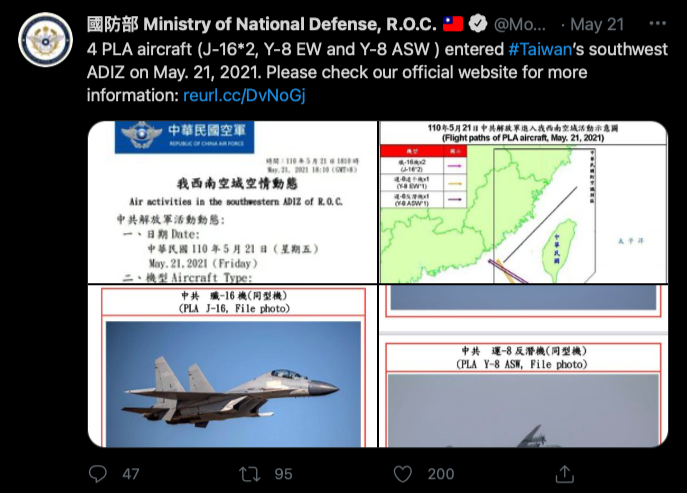
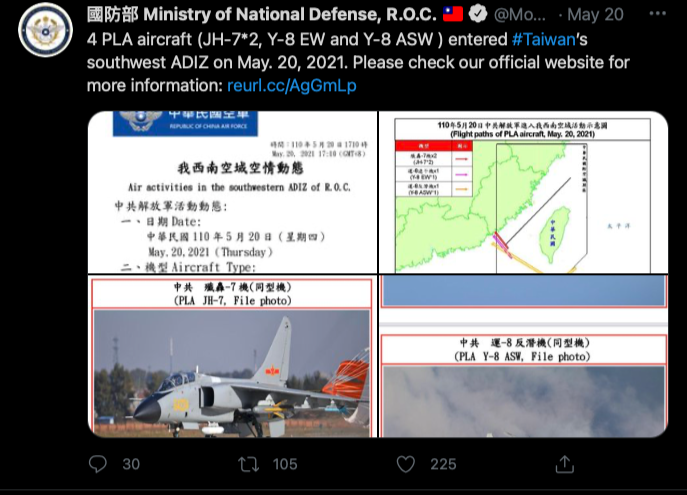
Will China invade/take over Taiwan?
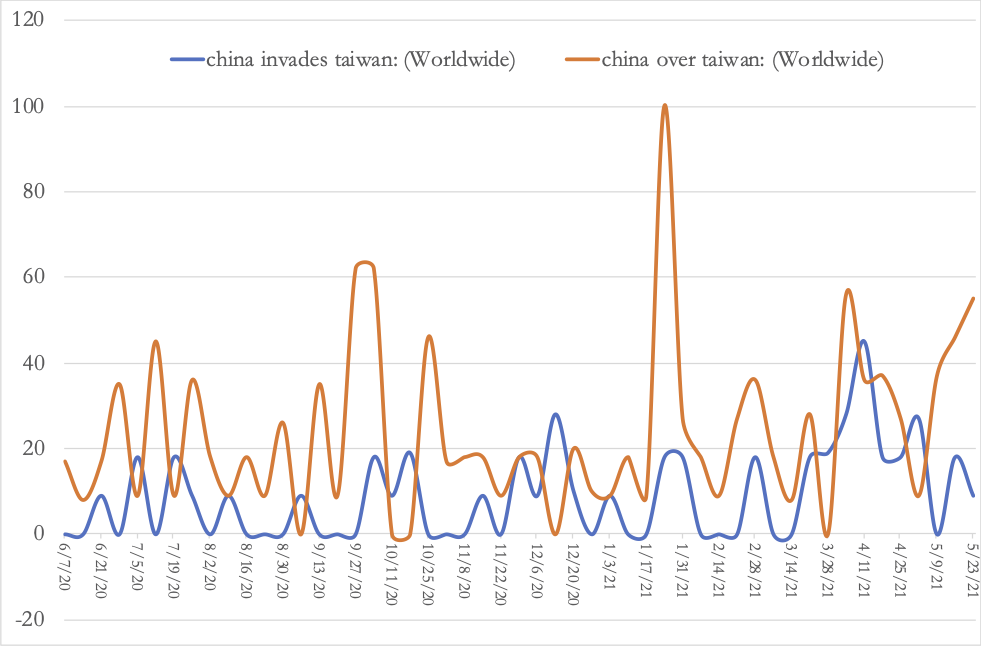

PLA incursions and Taiwan stock market, June 2020 - May 2021

PLA intrusion and Taiwan stock market, June 2020 - May 2021

Table 1. Ingredients in Successful Amphibious Assaults (O'Hanlon 2000).
| Possible Chinese Attack on Taiwan | Initial Superiority in Troops/ | Air Firepower at Point Superiority of Attack | Reinforcement/ Buildup Advantage at Point of Attack |
|---|---|---|---|
| Taiwan Strait, 2000/PRC | Doubtful | No | No |
| Taiwan Strait, 2010/PRC | Doubtful | No | No |
| Taiwan Strait, 2021/PRC* | at least 150,000 troops | Doubtful | Doubtful |
* Updated by authors
2020: 12 amphibious units, 58 landing ships
Figure 2. Sample tweet posted by Taiwan Ministry of Defense Official Twitter account
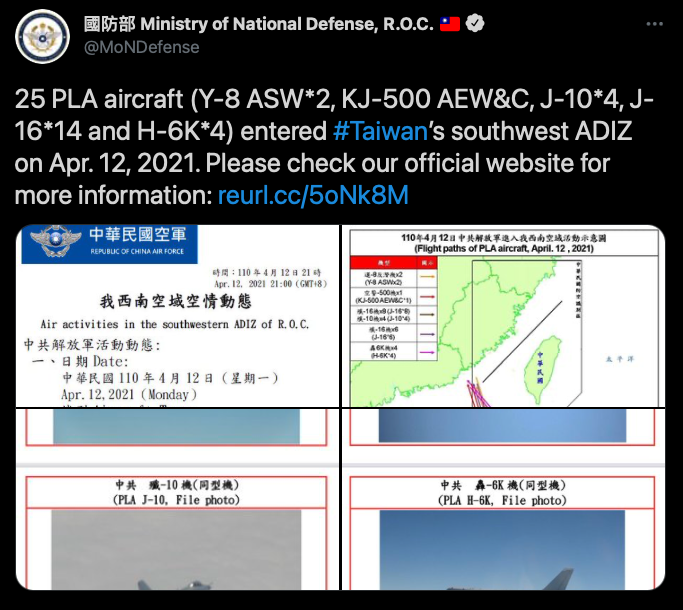
Figure 3. Taiwan public responses to PLA aircraft intrusions

Conclusion
-
Critical election introduces changes in political party system
- Taiwan generally two party system
- Proportional representation (PR) votes (不分區票)allows third party to take votes from two major parties
- More away from KMT or blue camp since 2014
- Major factors affecting blue camp:
- Loss of stewardship of status quo
- Loss of young voters due to education policy
- Loss of votes to middle of the road parties
